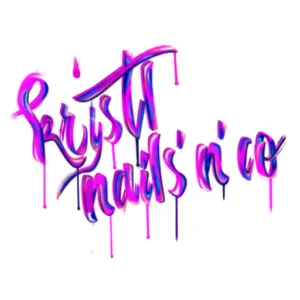3000 years before Christ, the Chinese used enamel on their fingers. They applied the substance and let it sit for several hours, resulting in a pink finish on their nails. This was the beginning of nail art and the first records. Indians also practiced nail art at a similar time using a dye derived from the henna plant. This sometimes implied social significance. The Egyptians were another civilization that used nail art very early on. The color of women's nails was used to identify their social class. The upper class wore deep shades of red and the lower classes pale shades. Another mother of nail art was the Inca civilization, which painted images of eagles on their fingertips.
The modernization of nail design began in the early 19th century. Orange wood sticks were developed in Europe to begin the process. Modern manicures began with this invention around 1830. This popularity created business opportunities, and salons began popping up across the United States by the end of the 19th century.
After the creation of the automobile and especially its mass production, a new range of paints entered the market at the request of car enthusiasts, giving new life to nail art. One of the first designs to become popular was the so-called "moon manicure." This manicure involves painting the center of the nail while leaving the moon of the nail unpainted.
The next revolution came from the Revson brothers, with their invention of a new type of nail polish and the creation of the Revlon company. The third partner in the company was Charles Lachman, who inspired the "L" in the middle of the company's name. The use of pigments instead of dyes radically changed the industry. This allowed for the rapid adaptation of new colors and designs. This success instantly made Revlon an industry leader in 1940, and it was clear that nail art was here to stay.
Over time, nail art became a symbol of communication between subcultures. Goths, for example, began wearing black nail polish, as did rock stars and punks.
Since then, nail art has become more creative and artistic. Many trends have emerged, such as the addition of symbols and crystals, airbrushing, acrylics, and gel. Nail art has become integrated into the world of fashion and is now worn as an accessory for any look.
The latest in nail fashion? Nail wraps, such as the Metallic Nails range. These wraps are pre-printed designs from a digital printer, allowing for intricate designs and reflective metallic finishes not possible with traditional methods. They are applied using heat activation and allow designs to be created in a fraction of the time. They also protect nails from scratches and won't chip like traditional products. They last for over a month and are truly the latest advancement in nail art.


